I find the relentless march of the seasons a small but significant comfort right now – normal life may be on hold, yet still the bitter oranges come from Seville, bringing with them, as always, a whiff of southern sunshine that feels particularly precious this January. Even if 2021 is not the year when you’ll finally make your own marmalade, if you have half an hour or so to spare, may I recommend bottling that cheery warmth in the form of curd. It doesn’t keep as well as Paddington’s favourite preserve, but it is a lot quicker and easier to prepare, and the bittersweetness of the oranges gives it a more interesting flavour than the common-or-garden lemon variety.
The fruit
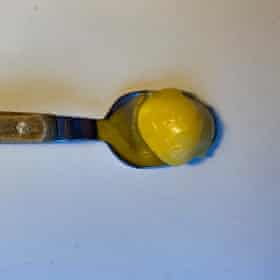
In truth, you could make this with ordinary oranges – Catherine Phipps writes that the lemon recipe in her book Citrus also works with limes, lemon and bergamot, yuzu and blood oranges, noting that you might need to reduce the amount of sugar with the last – or, indeed, with any sour citrus, adjusting the sweetness according to the fruit.
Seville, of course, are famously bitter; to make the most of this, recipes tend to include the zest as well as the juice, though Hugh Fearnley-Whittingstall, perhaps wary of such bitterness at the breakfast table, instructs readers to use the zest of a navel orange instead. It seems a shame to waste the deeply aromatic skins, however, so if you have a delicate palate, just add less.
That said, treat the thick, pock-marked peel with respect. Those delicious chunks in marmalade have been simmered with sugar until they’re all but candied, whereas curd making is a very different process, which means that it’s better to finely grate the perfumed zest, leaving out the spongey pith entirely. Unlike others, Frances Bissell’s book Modern Classics doesn’t simmer the zest with the other ingredients, preferring to add it later, “since”, she explains, “it takes on a somewhat marmaladey quality from long cooking, and I like to preserve the sharp, unique, fresh flavour of the bitter orange”. Personally, I like that marmaladey flavour, but if you’d prefer a cleaner, fresher quality, stir your zest in just as the mixture begins to thicken.
The sugar
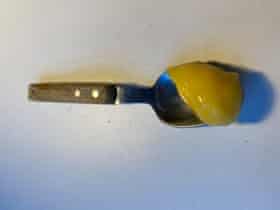
White sugar is the preference here, so as not to dull the bright colour of the curd. Though a certain amount is necessary to counterbalance the sourness of the juice, I don’t like my curds too sweet, so, like Phipps, I’ve used less than many recipes recommend.
Bissell also suggests rubbing a sugar cube across the surface of the zested oranges to get the most from their perfumed oils. If you happen to have the right kind of sugar lumps handy (craggy, rather than the perfect cubes you might have helped yourself to at a cafe in happier times), I’d recommend doing so, but I don’t think it’s worth going out to buy a box specially, unless you’re planning to make a lot of champagne cocktails in the next few months (which, frankly, I wouldn’t judge you for).
The eggs
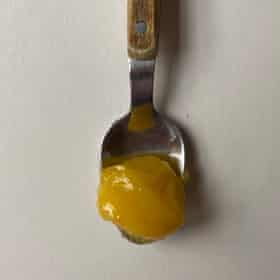
Egg yolks, thickened over a gentle heat, make curd more of a custard than the fruit cheeses it’s often lumped in with – though I prefer those made, like Bissell and Good Housekeeping’s versions, with whole eggs rather than the yolks favoured by Rose Levy Beranbaum in Rose’s Heavenly Cakes; they’re looser, creamier and less stickily rich. Some recipes, such as those from Phipps and Mark Diacono’s book Sour, add an extra yolk for extra heft, though I don’t bother.
The dairy
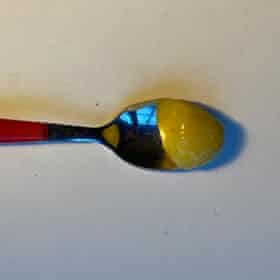
Butter is traditional, but Diacono uses double cream, writing that he owes “a negroni or six to Thane Price, who suggested [in her book Ham, Pickles and Jam] using cream rather than butter when making curd: butter is perfectly excellent here, but cream brings silk”. It does, but to me it also muffles the flavour and robs the citrus of some of its punch. That said, if I were going to make something to use in a cake, or simply eat straight from the spoon, it would be his one.
Levy Beranbaum starts with melted butter, rather than the solid cubes recommended by most recipes. However, as when making hollandaise or similar sauces, starting with cold butter helps keep the temperature in the pan low, which, as we shall see, is always helpful when dealing with eggs.
The cooking
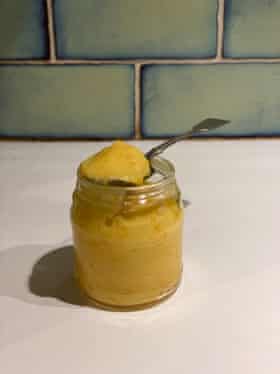
As with any sort of cooked egg-based emulsion, care must be taken not to scramble them; they must thicken gradually, rather than being allowed to solidify. If you’re nervous, I’d suggest making the curd in a heatproof bowl set above a pan of simmering water, as Diacono recommends, but so long as you use a small and fairly sturdy saucepan, and keep the heat low throughout, there shouldn’t be any need to create more washing up. The melting butter will keep things cool initially, as will stirring the mixture constantly to keep it moving, dispersing heat and preventing it setting on the base of the pan. (Good Housekeeping adds cornflour to help stabilise the mixture, but I think this spoils the texture, making it more like shelf-stable commercial versions. Honestly, you’ll be fine without it.)
Perfect orange curd
Prep 15 min
Cook 15-30 min
Makes 2 small jars
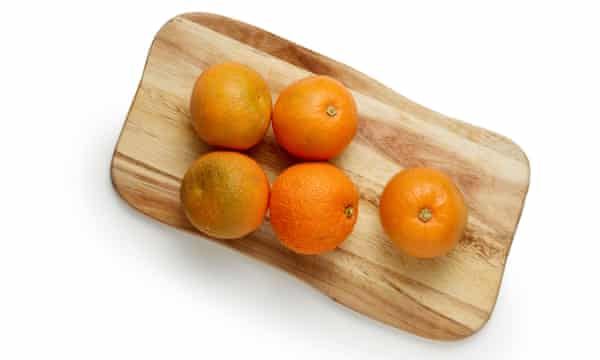
5 Seville oranges
150g white sugar
250g cold butter, diced
3 whole eggs, beaten
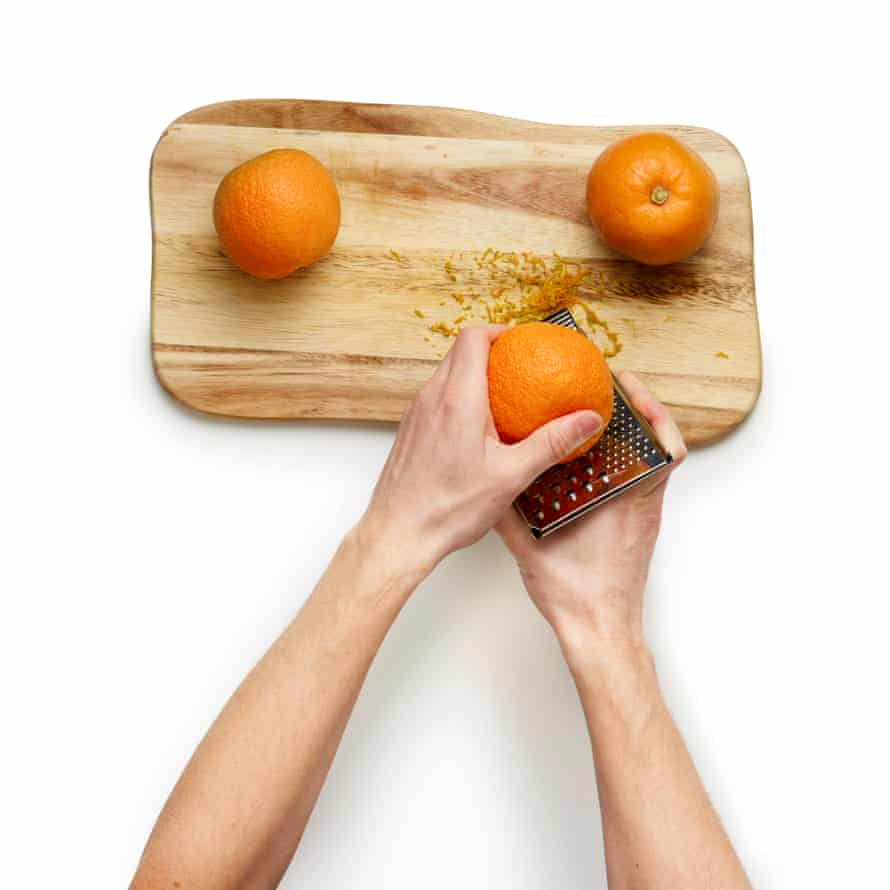
Finely grate the zest from the oranges (or use just half if you prefer your curd to be less bitter).
Now squeeze the fruit to give you about 200ml juice; do so through a sieve to make life easier, because Sevilles are full of pips, which can be slippery).
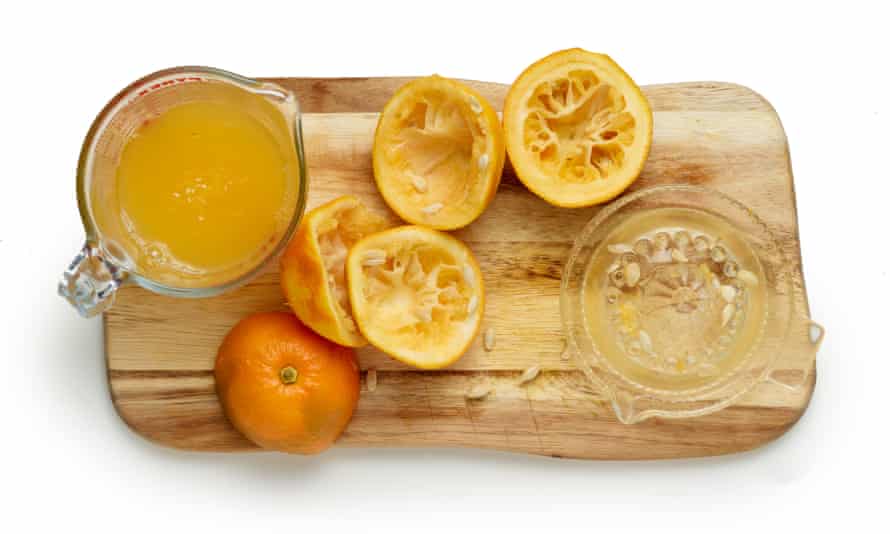
Put the zest and juice in a small, heavy-based saucepan and add the sugar, butter and eggs.
Over a very low heat, stir the mixture until it has thickened enough so that it thickly coats the back of a wooden spoon and a line drawn through it holds its shape.
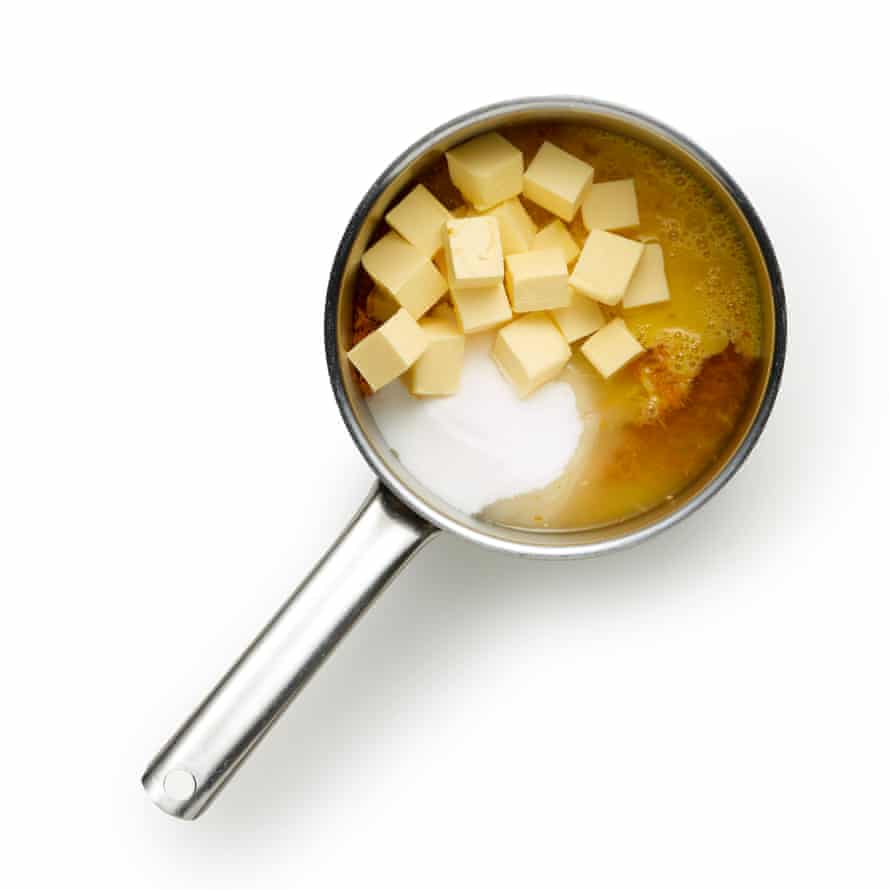
(Mark Diacono recommends taking it to 82C/180F, if you have a thermometer) – you’re after something with the consistency of hollandaise, and bear in mind it will set further, to a spreadable consistency, as it cools.
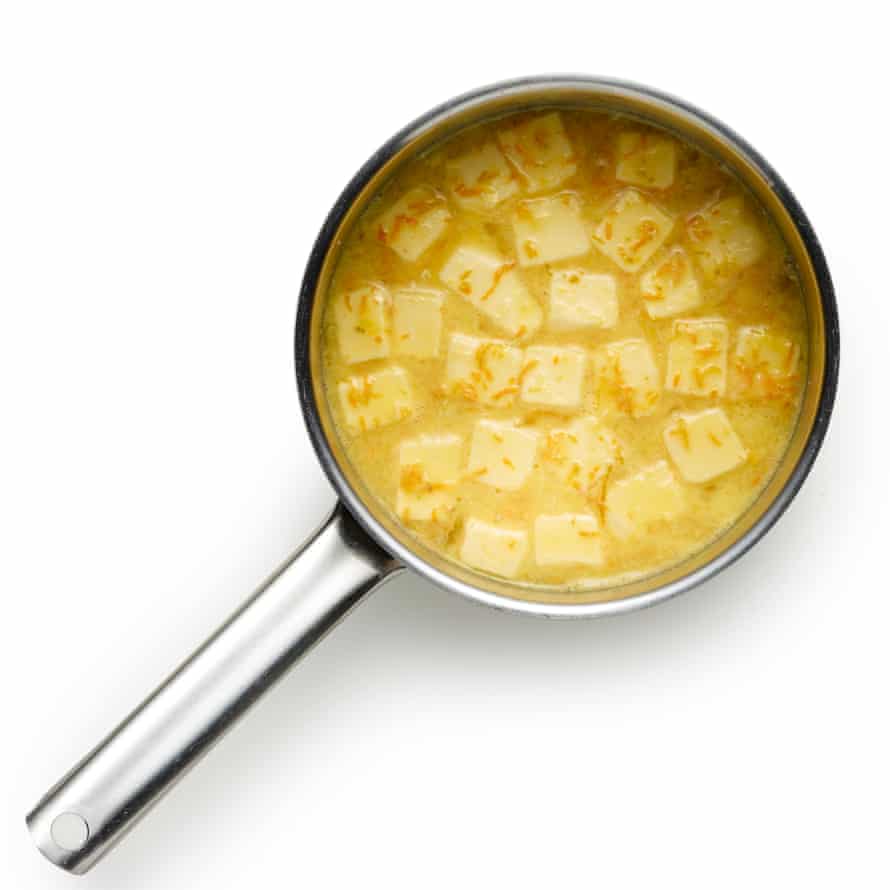
Pour into clean jars or containers (it should really be eaten within a couple of weeks) and store in the fridge – not only is it excellent on toast, but is also great with plain yoghurt, whipped cream or in the centre of sandwich cakes.
• Curd versus marmalade – which do you prefer? Which fruits are your favourite to make into curd, and what else do you like to do with Seville oranges during their all-too-brief season?
from Lifestyle | The Guardian https://ift.tt/3pn1LYJ
via IFTTT

comment 0 Comment
more_vert